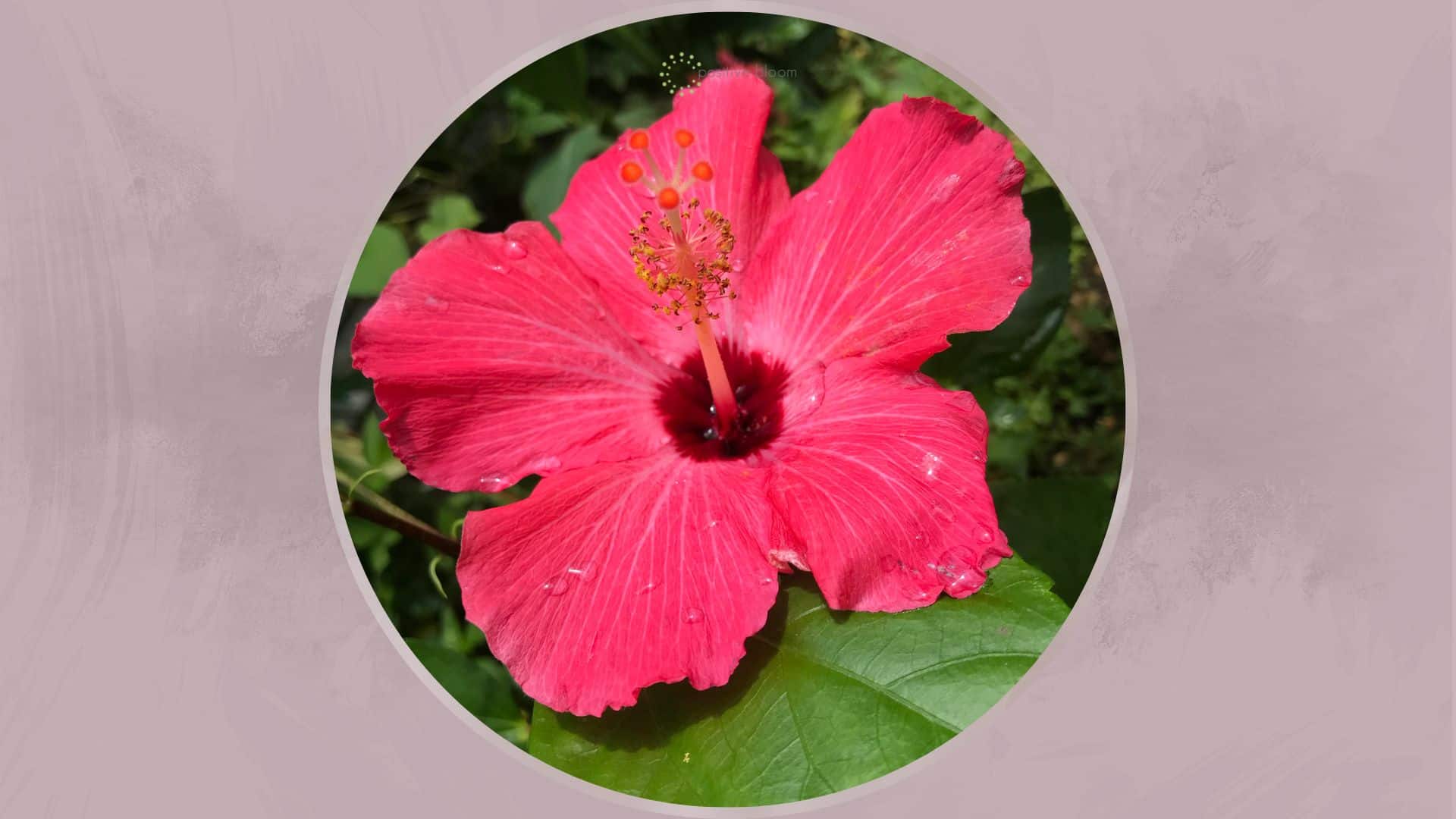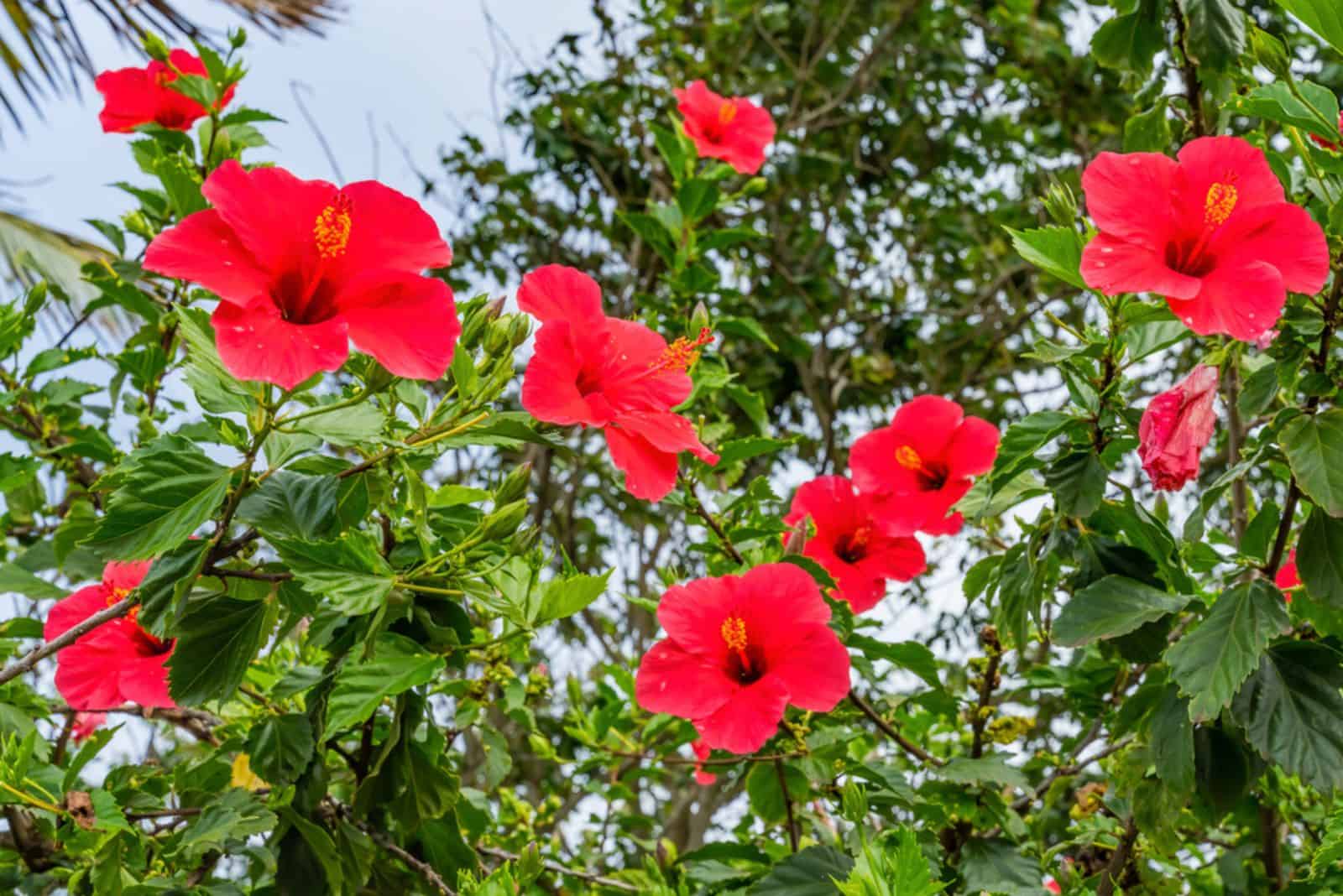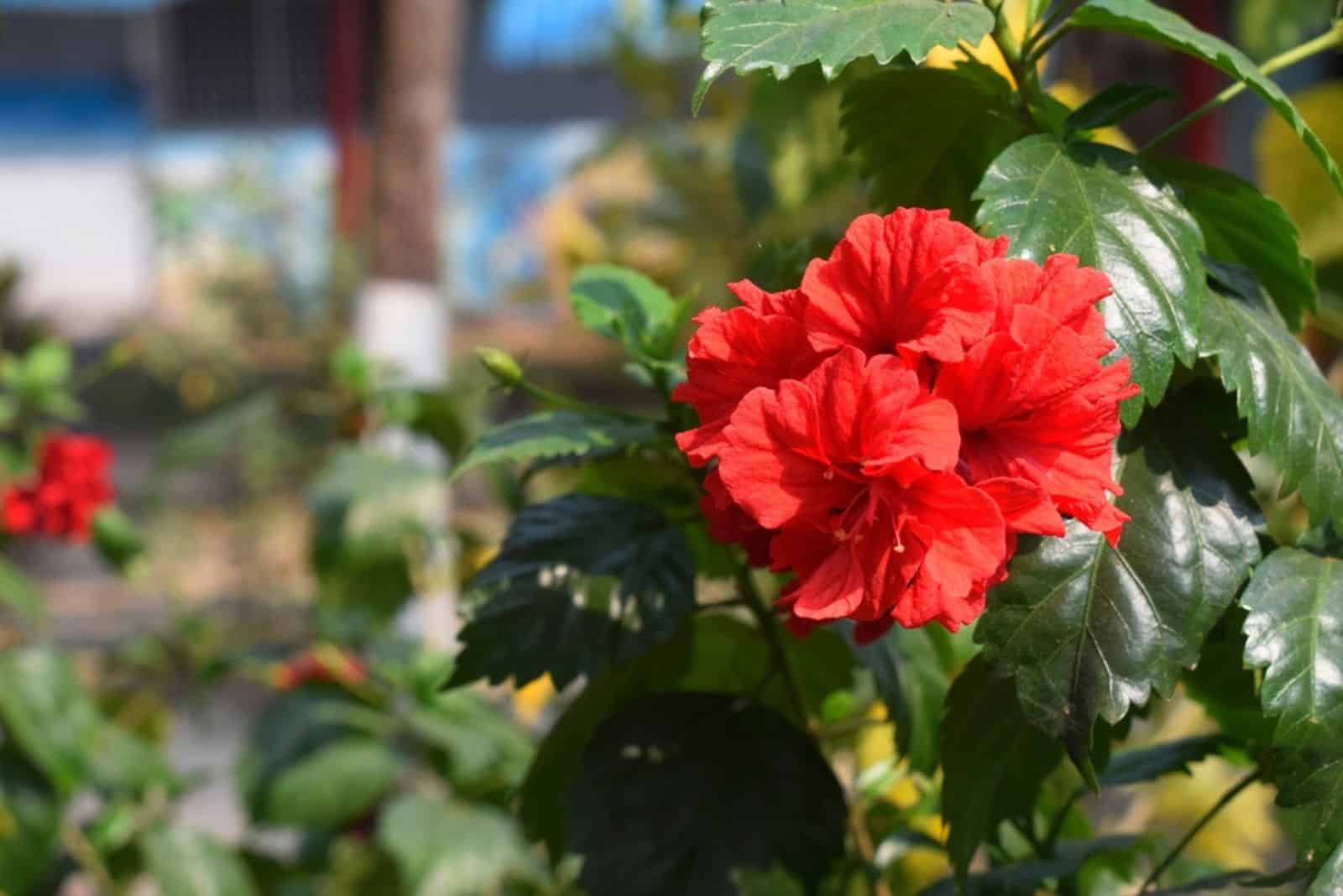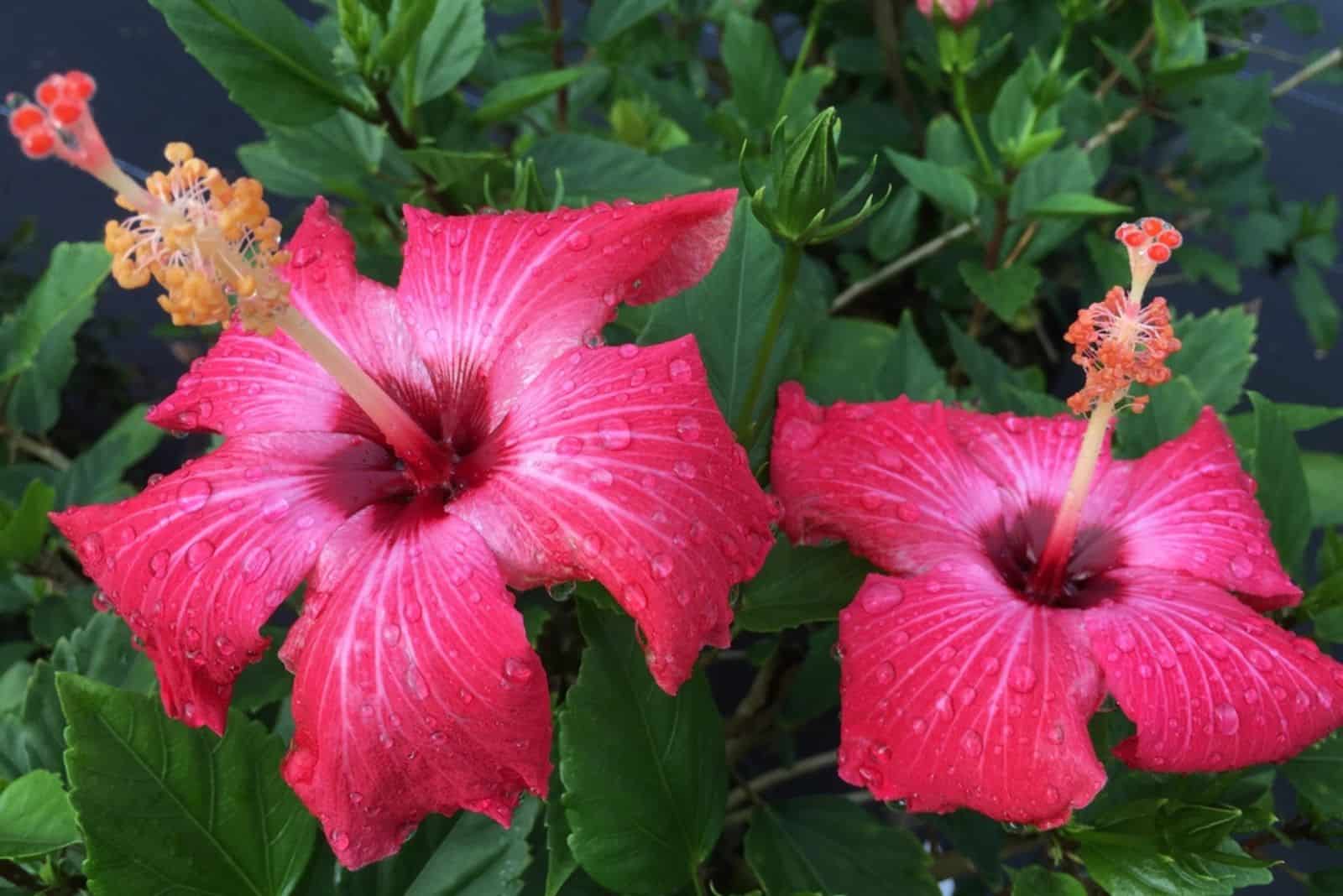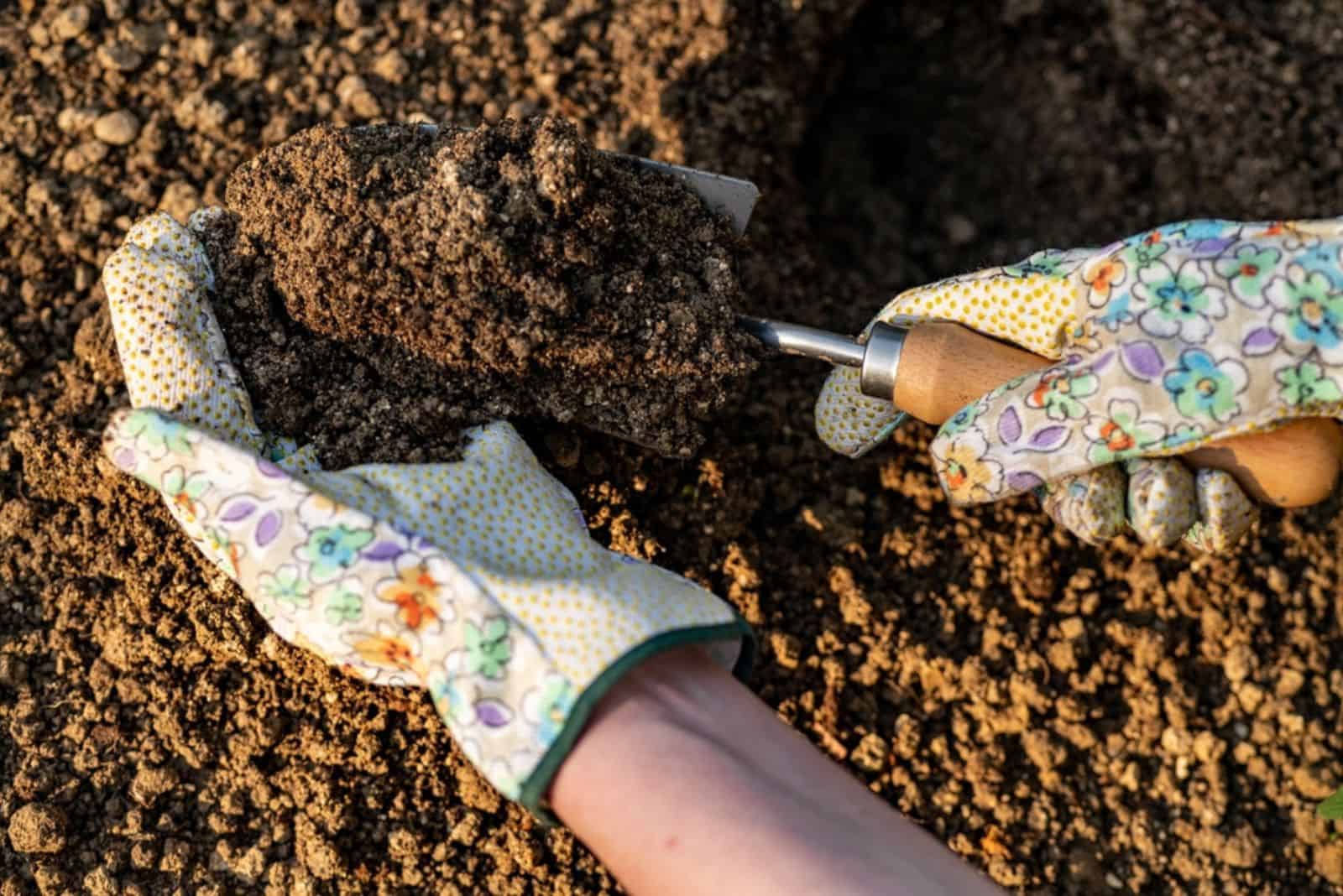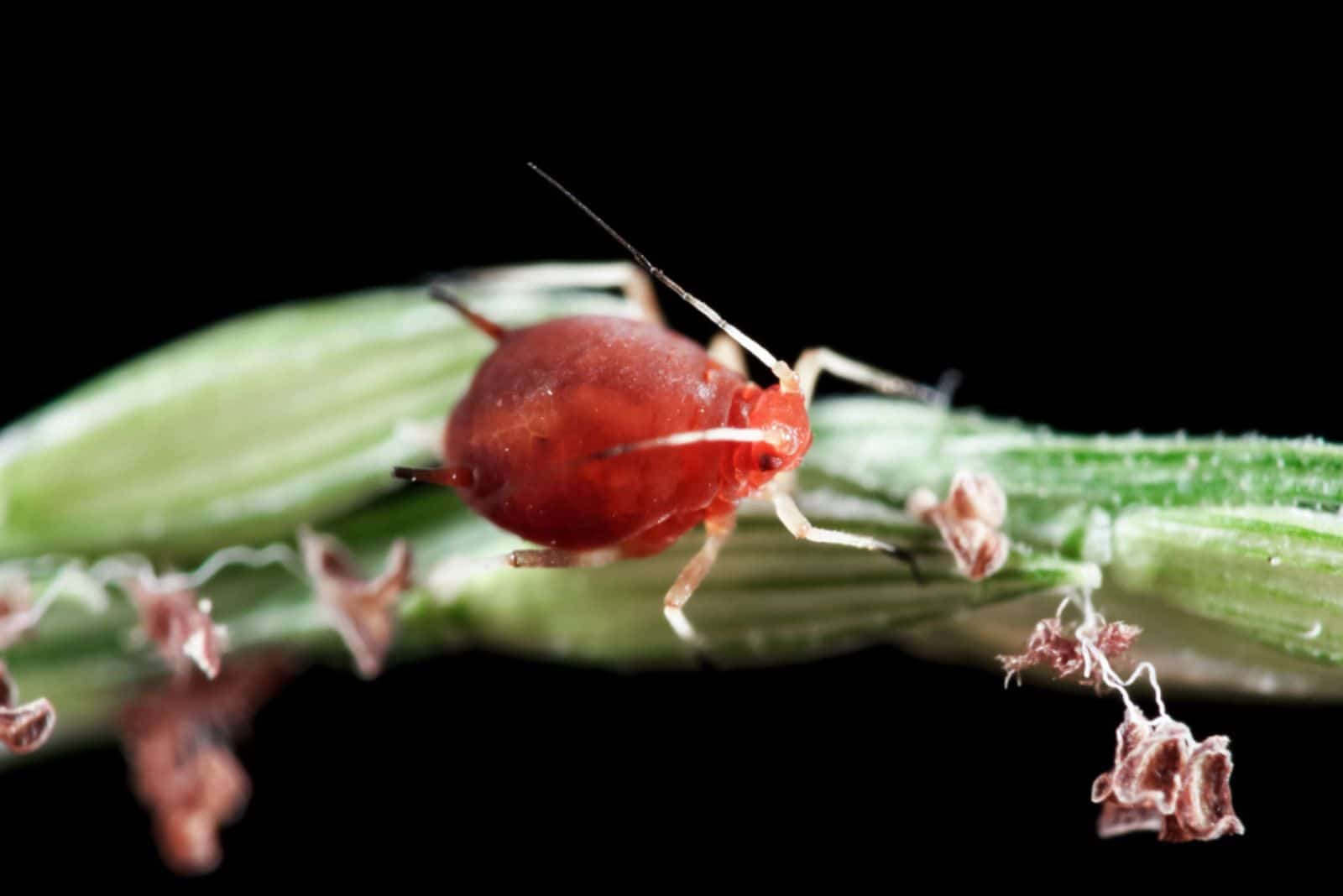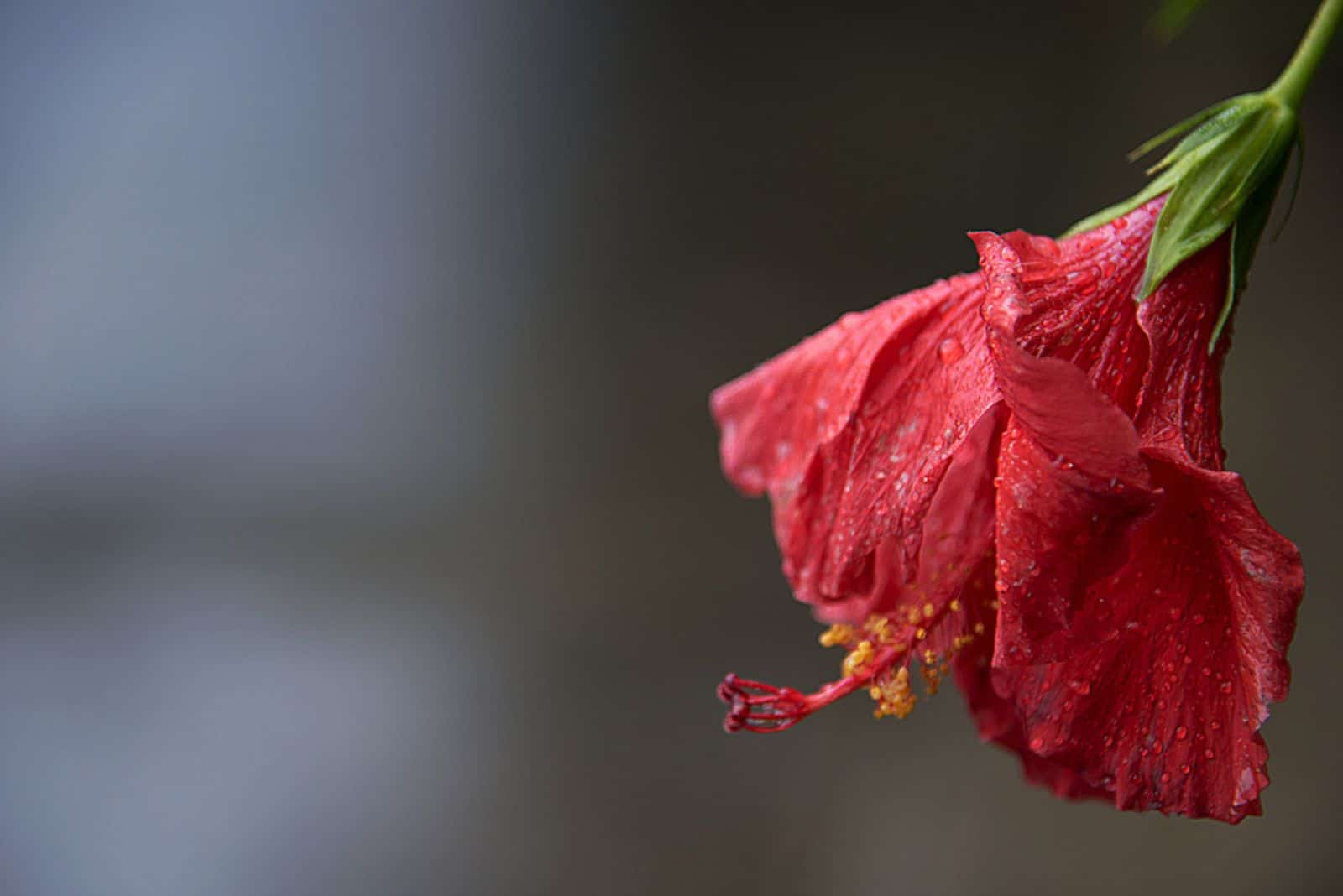Some growers aren’t into all-green plants, but vivid colors on plants can give our indoor or outdoor settings a totally new look.
If you are looking for a plant to add a splash of color to your home or garden, then look no further than the Painted Lady hibiscus! It’s a low-maintenance plant you can use for borders, hedges, or foundation planting.
Additionally, this flowering shrub looks amazing when potted, so you can place it on your deck to highlight its beauty.
If you live in a cold area, you can grow the Painted Lady as a houseplant.
In this article, I’ll tell you more about its plant features, care requirements, propagation methods, and common issues, as well as their solutions.
Let’s start with some basic info!
[table id=570 /]
Let’s get started!
What Is The Painted Lady Hibiscus?
The Painted Lady is a cultivar of the well-known Rosa-sinensis hibiscus. It produces rosy-pink flowers which combine amazingly with its dark green foliage. The centers of the flowers come in deep red, which is another unique feature.
The great thing about this evergreen shrub is that it can produce flowers year-round in warmer climates.
The Painted Lady may grow pretty tall; it reaches approximately 10 feet in height and 6 feet in width. If you are good at pruning, you can shape this shrub and transform it into a small tree.
The amazing features of this plant don’t stop with flower color. Like its cousins, Cranberry hibiscus, Peach hibiscus, and Red Heart hibiscus, the Painted Lady hibiscus attracts hummingbirds and butterflies, so your outdoor garden will definitely benefit from it.
If you want to add this tropical plant to your plant collection, you need to know its care requirements.
So, let’s learn how to keep the Painted Lady healthy and happy!
How To Care For A Painted Lady Hibiscus
Luckily, caring for hibiscus plants isn’t a hard task, and that’s probably the reason these evergreen shrubs have become so popular.
Here’s a table with an overview of the care requirements of this Rosa-sinensis plant.
[table id=571 /]
Let’s get into details!
Light Requirements
All species from this genera thrive in sunny areas and prefer full sun, particularly if grown in temperate climates.
If you live in warm climates, these shrubs will require some shade to keep their foliage from being scorched.
If you’re growing these plants indoors, put them in a bright window where they can soak up direct light in the mornings and indirect light in the afternoon.
A south-facing window may work fine, but if you notice any changes such as leaf scorching, put up some sheer curtains to filter the sunlight and get some part shade.
Temperature And Humidity Requirements
Regarding cold hardiness, the Painted Lady plant can survive outdoors in USDA zones 9-10.
This lovely plant flourishes in daytime temperatures between 60 to 85 degrees Fahrenheit. Still, it can survive temperatures as low as 55 degrees.
When grown as houseplants, Rosa-sinensis plants can’t survive cold drafts or sudden temperature changes, so position them far away from heating or cooling devices and drafty windows.
This cultivar can be grown as an annual plant in cooler climates. If you want to prolong their lifespan, take them indoors to overwinter.
Humidity Requirements
Hibiscus plants thrive in Florida as the humidity is really high. Luckily, you can control humidity indoors, so keep it anywhere between 50 and 70%, and you are good to go.
You can either mist your Painted Lady or install a humidifier to raise and control humidity levels.
The Ideal Soil Type
This Rosa-sinensis demands nutrient-rich, somewhat acidic, and well-drained soil to produce an abundance of flowers.
It isn’t picky about soil types, so you can amend the regular potting soil with compost. If cultivating it as a houseplant, just use a soil mix for foliage plants.
And remember, your container must have holes in the bottom to enhance water drainage.
Watering Schedule
These flowering shrubs require more water than other common plants.
However, be careful not to drown the roots with constant watering.
If you’ve just planted your Painted Lady, water it a few times in its first week of growth. You should cut back on watering and irrigate the plant twice a week in the first growing season.
Regarding the second growing season, you should add water only if it hasn’t been raining much.
If you grow these shrubs in containers, you’ll need to irrigate them 3-4 times a week or daily if temperatures go above 70 degrees Fahrenheit.
Fertilizing Schedule
This is a flowering plant that needs a lot of food to bloom and display new growth.
Fertilizers with an NPK ratio of 24-8-16 work best for this Rosa-sinensis cultivar.
If you are cultivating this shrub outdoors in-ground, use slow-release plant food twice during the growing season.
For container cultivation, use liquid fertilizer or pellets if the liquid isn’t available.
This Rosa-sinensis cultivar doesn’t require feeding during the winter months.
Pruning
This shrub has a pretty fast growth rate, so you’ll need to prune it to encourage new growth and enhance flower production.
You need to be careful when pruning; 1/3 of the plant is the maximum you can remove at once.
Although the plant doesn’t require pruning during fall and winter, make sure you cut off any damaged leaves.
Planting
First, prepare the holes in the ground and make sure you leave 2-3 inches between each plant. The hole should be about 3 times wider than the Painted Lady’s root system.
Carefully divide the roots and loosen the soil, and then put the plant in the ground.
Water it well and give it good care afterward.
For container cultivation, aim for 10-inch pots with drainage holes.
How To Propagate The Hibiscus Rosa-sinensis Painted Lady
If you want new plants, the best propagation method is stem-cutting.
Select a healthy stem and cut off a section, remove the lowest leaves, immerse the cut portion in rooting hormone, and plant it.
As mentioned, these shrubs thrive in high humidity, so I recommend putting a plastic bag over the cutting to maintain humidity levels.
Once new roots form, you can plant your baby Painted Lady in the ground or in a container.
The roots will become robust after about two months, and then you’ll notice new leaves.
Common Issues
Hibiscus plants may suffer from a few diseases and pests, which typically results in discoloration and deformation.
Problems may also arise due to incorrect conditions.
Let’s find out more!
Pests
Here’s a list of pests that may affect this flowering shrub.
1. Aphids: These pests frequently feed on the stems and buds of this Rosa-sinensis plant. Curling, yellowing, sooty mold, and deformation are all signs of aphid infestation. You can eliminate them using neem oil or insecticidal soap solutions.
2. Mealybugs: Stunted growth, delayed blossom opening, and sooty mold are frequent signs of mealybug infestation. A cotton swab dipped in rubbing alcohol can help you eliminate these annoying creatures from your Rosa-sinensis cultivar.
3. Spider mites: Webbing on your shrub is the number 1 indicator of spider mites. You can destroy these tiny nuisances with neem oil or insecticidal soap solutions.
4. Scale: Blackish mold on your hibiscus may indicate a scale infestation. Isopropyl alcohol can help you treat this problem.
5. Thrips: If the buds of this Rosa-sinensis cultivar drop and there are scratches all over the plant, then you might be dealing with thrips. Spray the plant, especially the leaf undersides, with neem oil or insecticidal soap.
Diseases
Here’s a list of the most common diseases that affect Rosa-sinensis plants and their cultivars.
1. Root rot: Symptoms of root rot in Rosa-sinensis cultivars include yellow leaves, mushy soil, and a foul odor. You’ll need to repot/transplant your shrub and remove any diseased roots.
2. Powdery mildew: The leaves of your plant will be covered in white spots, and the growth rate will decrease in the case of powdery mildew. Treat it with neem oil or baking soda (diluted) before you turn to pesticides.
3. Leaf spot: Brown lesions on Rosa-sinensis leaves indicate leaf spot disease. Remove the diseased leaves, put them in a plastic bag, and dispose of them.
4. Rust: Orange or yellow spots are tell-tale signs of rust disease in this flowering shrub. Remove the affected parts and treat your plant with a fungicide.
5. Botrytis blight: Brown blotches on the leaves may be a consequence of Botrytis blight disease. Remove the affected foliage and never add it to compost.
Yellow Leaves
Yellow leaves on this Rosa-sinensis cultivar typically occur due to overwatering. Other common causes are lack of nutrients or insufficient light.
Check the soil drainage and light conditions, and pay attention to the fertilizing schedule.
Wilting
The most common cause of wilting in Rosa-sinensis plants is underwatering. A good soak can quickly solve the issue.
Sometimes, your entire shrub may wilt, or it could be just one side of it, which is an indicator of wilt disease. Unfortunately, you can’t cure this disease.
It rarely occurs, but if you have tried everything and wilting doesn’t stop, check for this disease.
If a single branch on your plant wilts, you might be dealing with dieback disease. Prune the branch until the wood is clear and there’s no wound.
Wrapping Up
Plant species from the Malvaceae family are grown all around the globe. Their showy appearance and growth habit make them perfect for borders and hedges, and they can be used as foundation plants.
The Painted Lady hibiscus is an eye-catching Rosa-sinensis cultivar that will make an attractive addition to your outdoor garden.
You can also grow it as a houseplant, so don’t worry if you live in cool climates; just ensure all necessary conditions and your shrub will thrive!
Until next time!
Like this post? Share or pin it for later!

